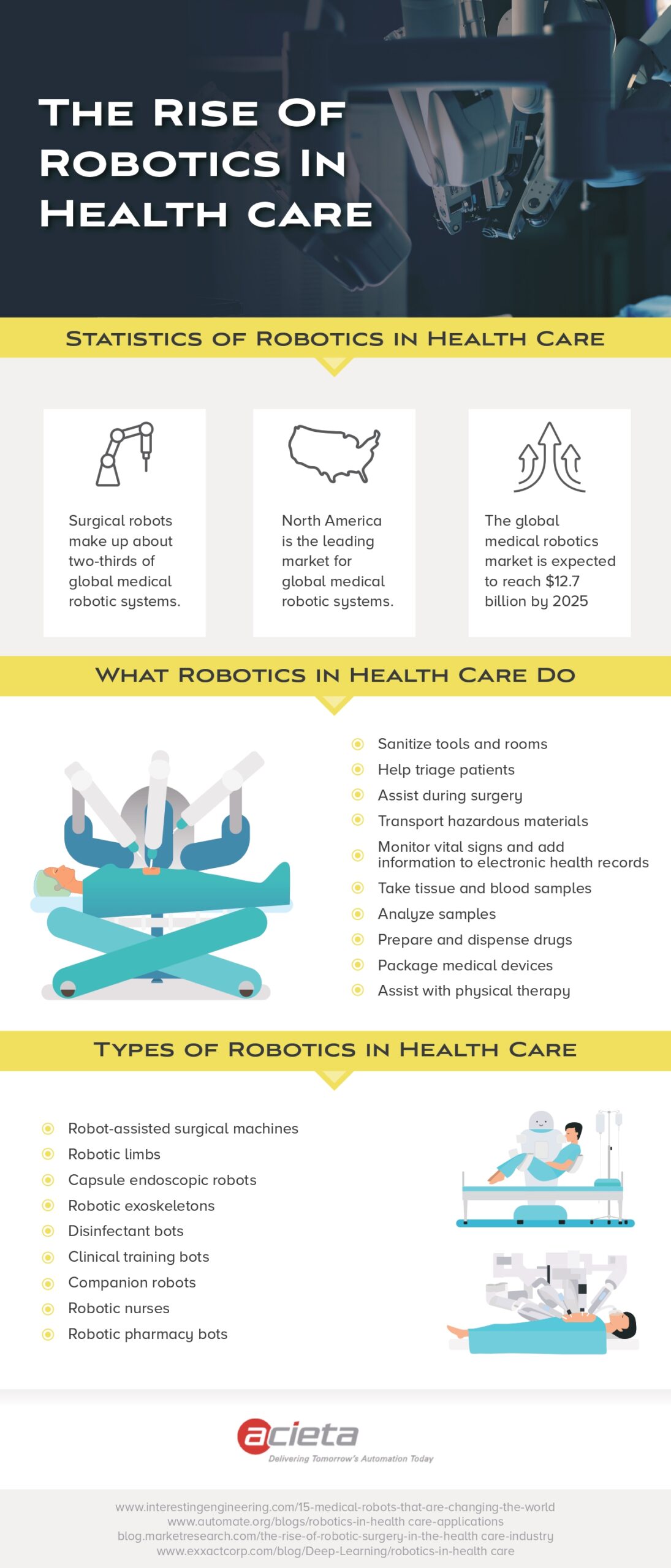In the medical field, the utilization of robotics is on the rise, revolutionizing the manner in which healthcare is delivered. Robots are not only assisting in diagnosis and treatment but also enhancing the efficiency of medical facilities’ operations.
Robotic systems are essential in surgeries, where they improve precision and stability, particularly in complex procedures that require sophisticated equipment like digital microscopes. In addition to directly aiding patients, robots play a crucial role in maintaining sterile conditions, sanitizing tools, and preparing clean spaces for patients to prevent infections.
Robots are also used for repetitive or hazardous tasks that pose risks to human health, such as handling dangerous materials. They can manage duties like disinfecting rooms that require meticulous attention, thus enhancing both safety and workflow.
In nursing, robotic assistants monitor patient vitals and manage electronic health records, allowing nurses to focus more on direct patient care. This technology significantly improves the management of nursing resources.
In laboratory environments, robots expedite the processing of tissue and blood samples, increasing the speed and accuracy of diagnoses and treatment decisions. Their precision is particularly valuable in these critical settings.
Pharmaceutical labs benefit from robotics in tasks such as medication preparation, dispensing, and packaging medical devices, where maintaining sterility is vital to prevent contamination.
Furthermore, in physical rehabilitation, robots are transformative, assisting patients in regaining mobility after injuries or surgeries and providing essential physical therapy support.
For a comprehensive look at the diverse applications of robotics in healthcare, please review the resource below. For additional information, you can also visit our website for more details.


